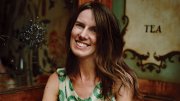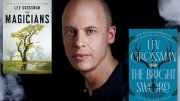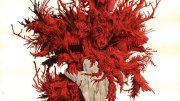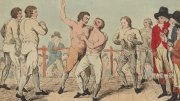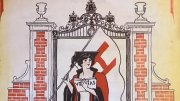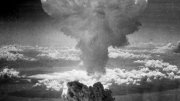Leslie Jamison ’04 spent the summer after her freshman year at home in Los Angeles with her jaw wired shut. A 20-foot fall from a vine in Costa Rica broke her joint hinge; as she healed after surgery, the wire held her bones in place. For two months, she couldn’t eat or speak, and she saw no one except her mother.
The works of William Faulkner “became a companion during that very isolated time,” Jamison recalls. She became especially interested in his depictions of sibling relationships, which have been described in terms of incest by critics and the characters themselves. “But it’s not at all clear whether that’s what actually happened,” she says. “It’s a way to protect, almost, the intensity of a certain kind of bond.” These musings, incubated during her isolation, eventually turned into her undergraduate English thesis.
Jamison’s interest in stories began before she could write, when she convinced her older brothers to transcribe the fairy tales she’d invented. At Harvard, The Advocate provided a space where writing and analyzing stories was communal, centered around “intimacy and creative dialogue,” she says. There, “I really started to believe that I could somehow sculpt a life [centered around] thinking about literature and creating literature.”
After Harvard came an M.F.A. at the University of Iowa, an English Ph.D. at Yale, and stints as a baker, innkeeper, and Gap salesclerk. She published her first novel, The Gin Closet, in 2011, when she was 26. But her breakout came in 2014 with The Empathy Exams, a collection of essays that blended personal writing, reportage, and criticism to “explore how we understand the lives of people far away from us,” she says. Across her work, she has repeated the same process that inspired her thesis: “peeling off a label,” she says, “and trying to get at something messier, more truthful underneath.”
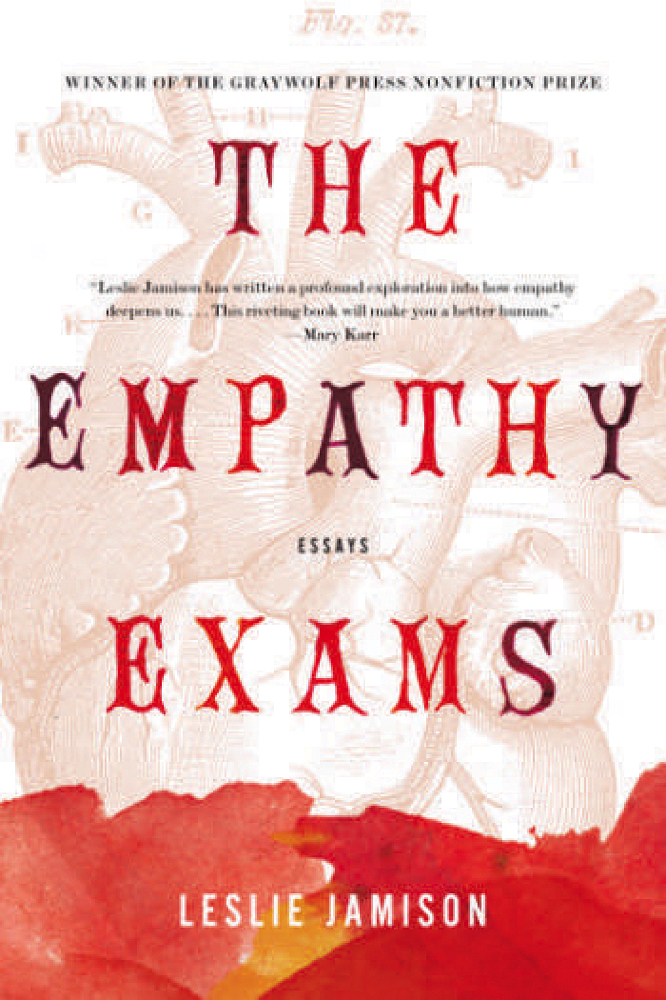
Her writing often probes the stories people tell when trying to communicate experiences that, without narrative shape, are impossibly formless, too abstract to share with others: pain, injury, suffering. One essay from The Empathy Exams recounts a conference for people with Morgellons disease, a condition which sufferers believe causes skin lesions that sprout fibers—and that the CDC classifies as “delusional parasitosis.” In another essay, from Make It Scream, Make It Burn (2018), she writes about “52 Blue,” a sperm whale who sang at an unusual frequency, becoming a global metaphor for loneliness.
Another writer might press harder on these subjects, presenting both 52 Blue and Morgellons disease as simplistic frameworks for explaining suffering. But for Jamison, that understanding is too easy: by shaping pain, these narratives also provide a means of accessing it. She points to Joan Didion’s famous line from The White Album, “We tell ourselves stories in order to live.” Where Didion was interested in dismantling those stories, “I’m interested in the stories we tell ourselves in order to live,” Jamison says. “I think they have a truth too.”
In the spring of 2020, recently divorced and facing the early pandemic lockdowns, Jamison found herself in a situation reminiscent of her freshman summer. Her world shrank to just one other person—her toddler—and her days became cyclical, grounded in her daughter’s physical needs. She wrote journal entries in snatches, during naps or after bedtime.
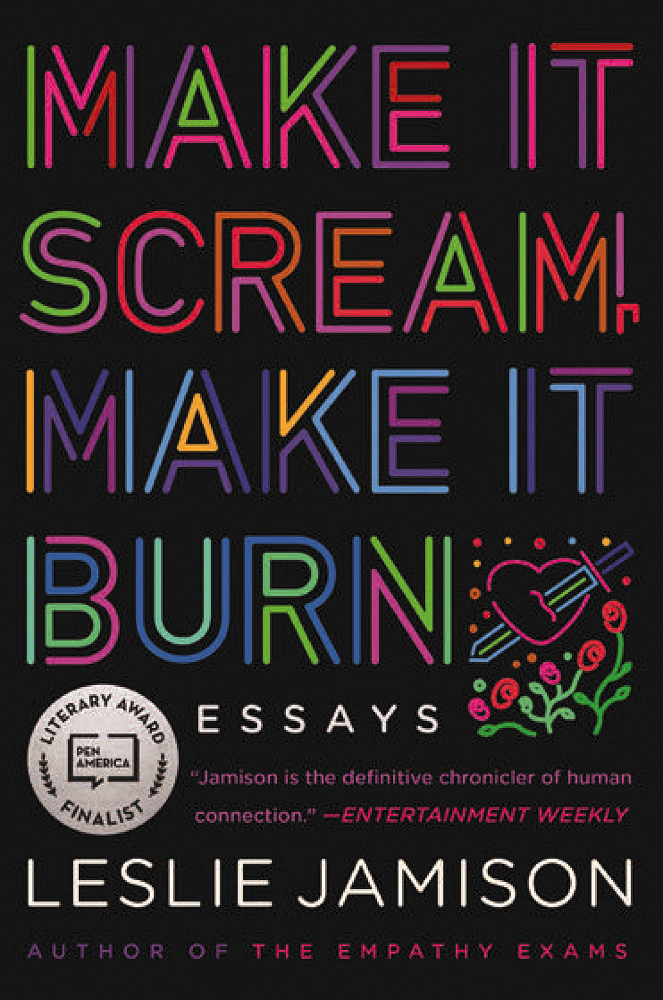
As she wrote Splinters, a memoir published last year, she prioritized the “raw experience” she recounted during that time over the urge to create a narrative tying them together: instead of peeling the label off Faulkner’s work, she was now peeling it off her own life. “Part of the project of Splinters,” Jamison says, “is to present the messy grit and texture of experience before it has been fully shaped into these tidy narratives of, ‘This is why my marriage didn’t work,’ or ‘This is what motherhood meant to me.’”
The book is full of precise, sensory details and vivid figurative language: her baby’s “seashell toes,” her hands “[startling] like birds.” These descriptions emerged from Jamison’s typical writing process, which she describes as “permissive, associative, intuitive drafting, and then rigorous, meticulous revision.” Her metaphors spring from first observing an image—the flutter of her daughter’s hands upon waking—and then “letting it live in my peripheral vision, and not putting too much pressure on it,” she says. In revision, Jamison refines those metaphors, choosing one over others she may have drafted because it serves a purpose—capturing, for example, how “there are moments when [my daughter] feels strange to me, like a creature I don’t control or understand.”
This year, as a Cullman Fellow at the New York Public Library, Jamison has retreated into another period of relative isolation. After concluding a book tour last June, she’s taken a year-long sabbatical from her job as the director of nonfiction writing at Columbia University’s M.F.A. program. Instead of writing in stolen moments, she now has several uninterrupted hours a day to focus. That time has allowed her to progress on several projects, including a book about first-person writing—the craft of building oneself as a character on the page, Jamison explains, and how that relates to “the kind of self-construction that’s part of everyday life.”

As she works on the book, she often returns to a passage from Virginia Woolf’s novel Mrs. Dalloway. As the titular character looks in the mirror and sees the singular self she presents to others, she reflects on the effort it takes to create that unity, to draw the different parts of herself together into one “meeting-point.” The passage crystallizes what has drawn Jamison to the first person throughout her career: not its ability to build a unified, static self, but its ability to look beneath that “meeting-point” and uncover the contradictory, layered selves it obscures.
The book begins with a scene at Columbia, in a “crowded, humid, hot classroom full of 65 students, looking for seats,” Jamison says. Each of those students, she finds, is interested in understanding their many selves—disentangling and rearranging them—to ultimately share them with others. That image is “a concrete expression,” she says, “of the belief that personal narrative is something ultimately communal, rather than something limited to a single self.”
